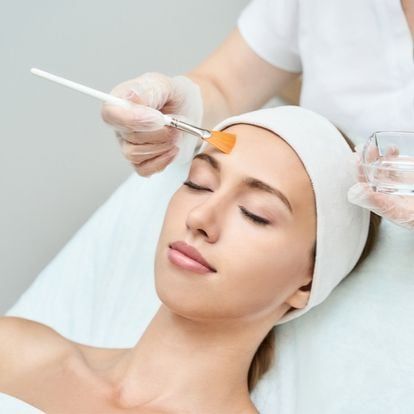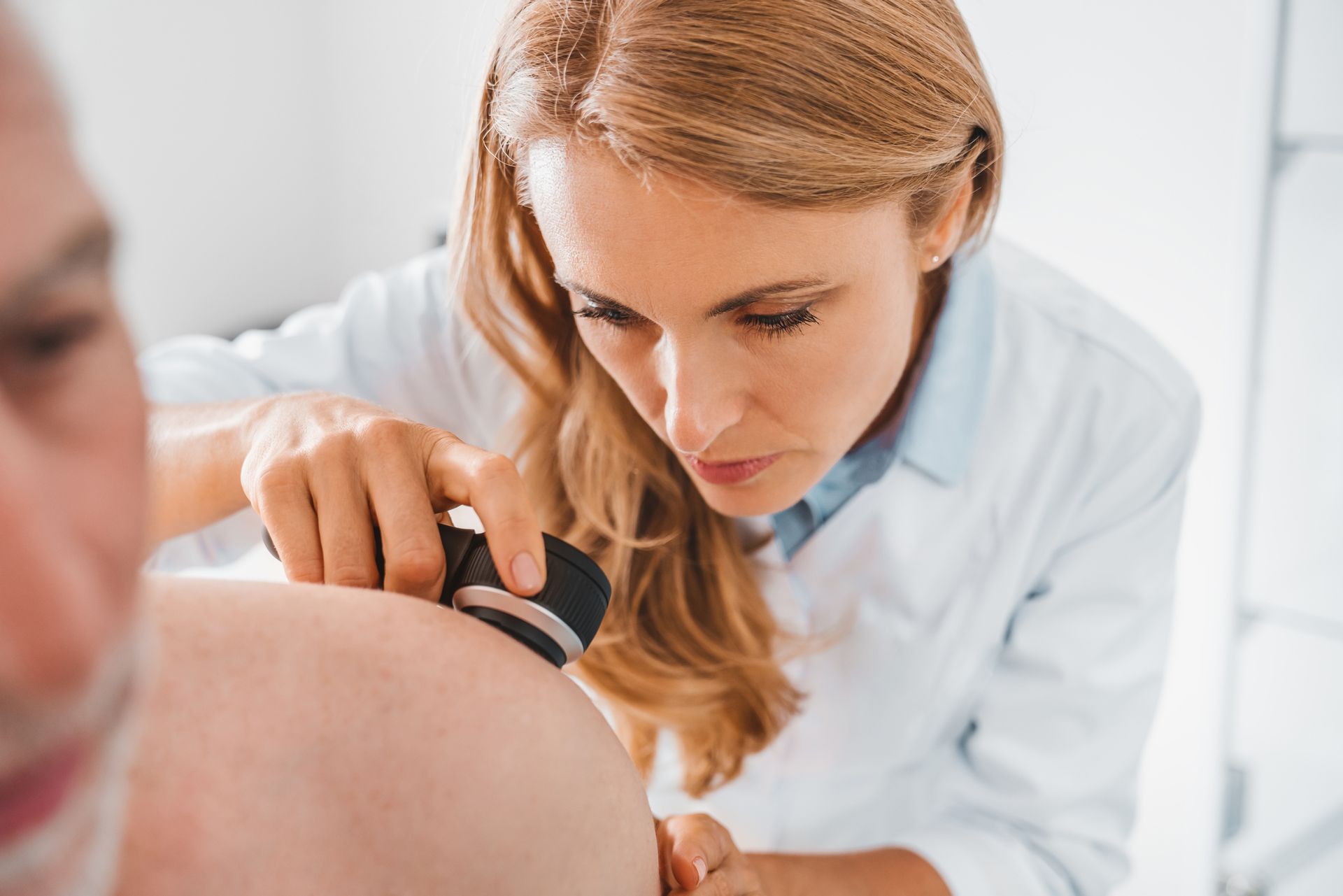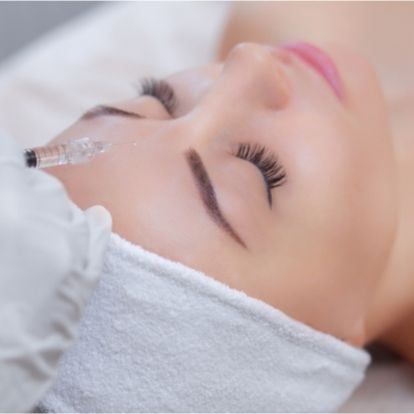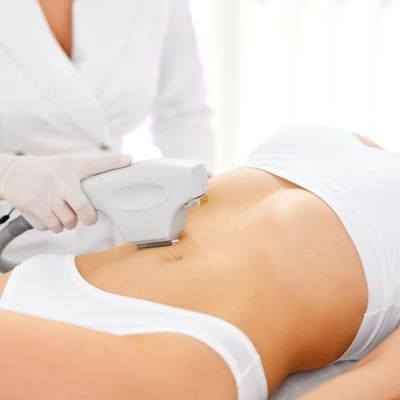Chemical Peels
OVERVIEW:
Aging affects our body in different ways, including our cheeks. As you get older, it's not uncommon for you to see changes to your cheeks, including:

What are Chemical Peels Used For?
Chemical peels are currently the third most commonly performed cosmetic treatment in the United States. Chemical peels can be done for a variety of different cosmetic reasons.
Chemical peels are commonly used for:
- Acne
- Acne scars
- Age spots, sun spots, or liver spots
- Discoloration including hyperpigmentation, melasma
- Fine lines and wrinkles
- Rejuvenation
Some dermatologists even use chemical peels to treat precancerous skin growths called actinic keratoses.
The Different Types of Chemical Peels
There are three basic types of chemical peels:
Light or Superficial Chemical Peels
Mild acids such as alpha-hydroxy acids (AHAs) are used for light chemical peels. These mild acids penetrate only the outer layer of the skin, causing a superficial peel. It can be used to treat fine wrinkling, acne, and uneven skin tones and provides the most modest results. Because of the superficial nature of these peels, there is little to no downtime associated with the procedure. Patients usually note some redness and scaling after the procedure which resolves in 1-7 days.
Medium Chemical Peels
The chemical agents used in medium chemical peels can penetrate deeper, reaching both the outer and middle layers of skin. As a result, medium chemical peels require a more extended period of healing time and post-peel care. Medium peels can be used to improve skin discoloration, age spots, or wrinkles. It can also be used to smooth out rough skin and treat precancerous growths.
Deep Chemical Peels
Deep chemical peels make use of stronger chemical agents such as trichloroacetic acid (TCA) and phenol. These chemical agents can penetrate the middle layer of the skin. Deep chemical peels can be used to treat moderate wrinkles, age spots, skin discoloration, and acne scars. Deep peels provide the most dramatic results but require the longest healing time and the most involved post-peel care. Treated areas will need to be bandaged and can take 2-3 weeks to heal.
What are the Risks Associated with Chemical Peels?
Chemical peels may not be right for everyone and can have associated risks.
Possible risks include:
- Redness: It is normal to experience redness, scaling, peeling, scabbing, and even swelling after treatment. In some, the post-treatment redness can last for months.
- Scarring: Although rare, a chemical peel can cause scarring.
- Discoloration: In some, the treated areas can become lighter in color (hypopigmentation) or darker in color (hyperpigmentation). This is more common in darker skin tones and those with a history of discoloration on the face. Although the discoloration can fade with time, it can also be permanent.
- Infection: Chemical peels can lead to skin infections such as a reactivation of the cold sore virus causing new outbreaks.
You might not be a good candidate for chemical peels if you
- have a personal or family history of abnormal scarring (keloids)
- are pregnant
- have skin conditions or take medications causing skin sensitivity (an example would be recent Accutane use)
What to Expect Before, During, and After Treatment?
We recommend seeing a dermatologist for an evaluation and consultation before undergoing a peel. During the evaluation, your provider will review your medical history and perform an exam. Your provider can help determine if a chemical peel is right for you and your skin type. A provider can also help determine what type of peel would be most appropriate depending on your treatment goals.
Before your chemical peel, your doctor will provide specific instructions. You may be prescribed antiviral medications to prevent cold sore outbreaks. Your provider may also discuss the need for sun protection and sun avoidance along with the discontinuation of certain practices such as waxing and retinoid use before the procedure.
Most chemical peels are done in your dermatologist's office. The deeper peels may be performed at an outpatient surgery facility where you will receive sedation. Before starting the peel, your skin will be cleaned and protection will be provided for your hair and eyes. The chemical solution will then be applied to the treatment areas. During the chemical peel, you may experience a stinging and burning sensation.
Post chemical peel, your skin will experience a reaction that is similar to a sunburn. You may experience redness, irritation, scaling, and peeling. For the medium to deep peels, you can experience swelling, crusting, and possible blistering. Your doctor will provide detailed instructions regarding cleansing, moisturizing, applying ointments, and possible dressing changes. Your provider will also discuss how to manage discomfort and pain post-procedure. It is important not to pick, scratch, or rub the treated sites. Diligent sun avoidance and sun protection are a must.
In summary, chemical peels are a common cosmetic procedure used to diminish signs of aging and improve the skin’s overall appearance. Repeat treatments may be needed to achieve the desired results and results may not be permanent. Results may also vary depending on the type of peel.
















